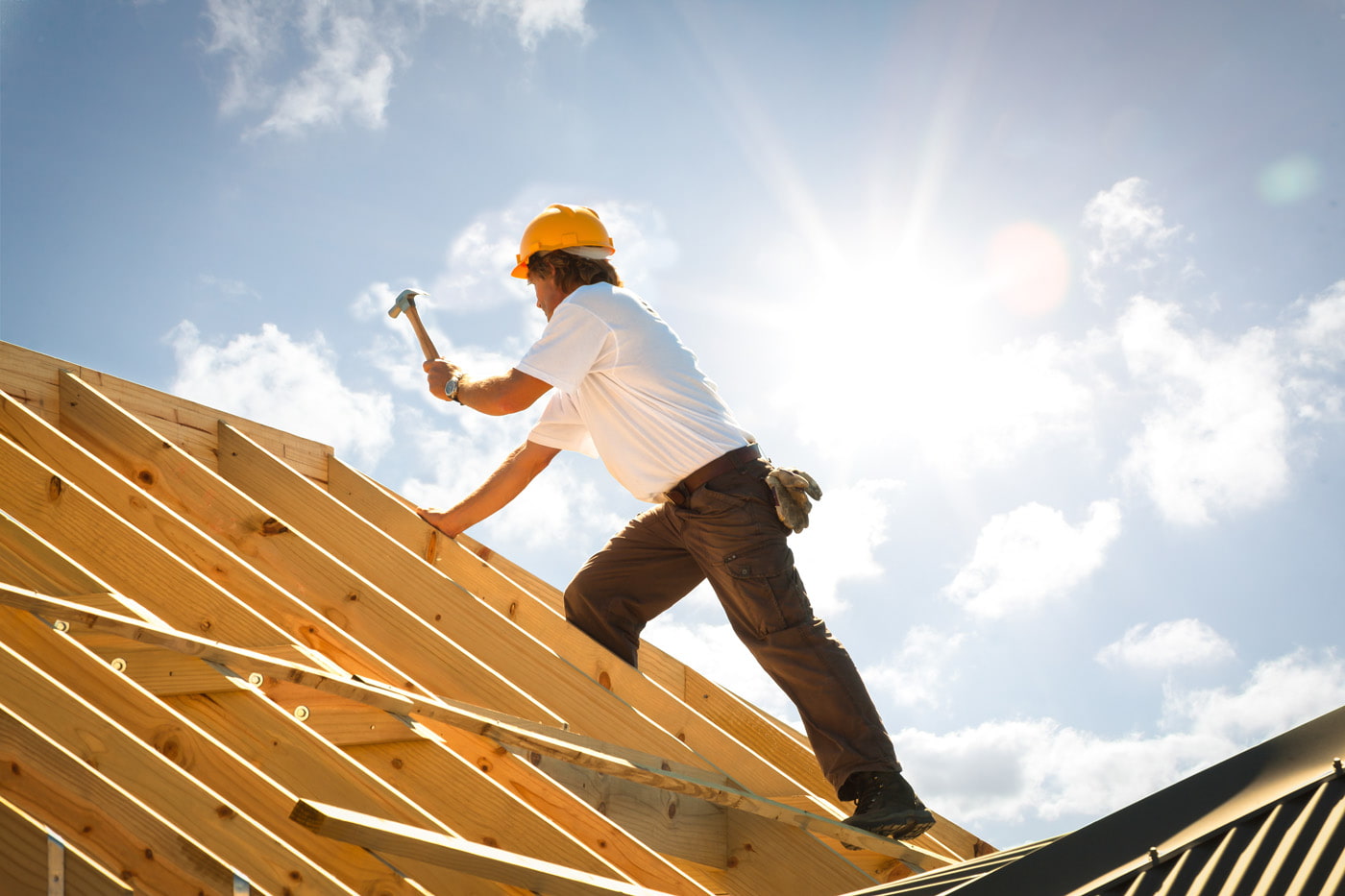A sturdy and reliable roof is one of the most critical components of any home. It not only protects your family and possessions from harsh weather conditions but also enhances the overall aesthetic appeal and value of your property. Choosing the right roofing solution can be a daunting task, given the vast variety of materials, styles, and installation methods available today. This article aims to guide homeowners in making informed decisions about roofing options to ensure durability, efficiency, and long-term satisfaction.
Understanding Different Roofing Materials
The first step in selecting the ideal roof is understanding the types of materials available and their respective benefits and drawbacks. Common roofing materials include asphalt shingles, metal roofing, clay tiles, slate, and wood shakes.
- Asphalt Shingles are popular due to their affordability, ease of installation, and versatility. They come in a wide range of colors and styles, making them suitable for various architectural designs. However, they may not last as long as some other materials, generally lasting around 20-30 years.
- Metal Roofing has gained significant popularity for its durability and energy efficiency. Metals like aluminum, steel, and copper provide excellent protection against extreme weather and can last up to 50 years or more. Metal roofs are also recyclable and lightweight, reducing the strain on the building’s structure.
- Clay and Concrete Tiles offer a distinctive, classic look that is especially suitable for Mediterranean and Spanish-style homes. These tiles are fire-resistant and have excellent thermal properties but can be quite heavy, requiring reinforced roof framing.
- Slate Roofing is known for its elegance and longevity. Slate tiles can last over a century if maintained properly, making them one of the longest-lasting roofing materials. Their cost and weight make them suitable for more high-end properties.
- Wood Shakes provide a natural, rustic appearance and offer good insulation. However, they require more maintenance and are less fire-resistant compared to other materials.
Factors to Consider When Choosing a Roof
Choosing the right roofing material is only part of the process. Several factors must be considered to ensure that the roof meets your specific needs.
- Climate and Weather: Your local climate plays a significant role in determining the best roofing material. For instance, metal roofs are ideal for areas with heavy snowfall, as snow slides off easily, reducing the risk of accumulation. In hot climates, reflective materials that reduce heat absorption can improve energy efficiency.
- Budget: Roofing costs vary widely based on the material, installation complexity, and labor. While asphalt shingles are budget-friendly, materials like slate or metal require a higher initial investment but often save money in the long run due to durability and lower maintenance.
- Aesthetic Appeal: The style of your home influences roofing choices. For example, clay tiles complement southwestern architecture, while sleek metal panels suit modern homes.
- Durability and Maintenance: Consider how long the roofing material lasts and the level of maintenance it requires. Some materials, like asphalt shingles, need periodic replacement, while metal and slate roofs offer longevity with minimal upkeep.
- Local Building Codes and HOA Rules: Check any restrictions or guidelines set by local authorities or homeowner associations regarding roofing materials and colors.
The Importance of Professional Installation
Even the best roofing materials can fail if not installed correctly. Professional roofing contractors have the experience and knowledge to handle the installation process efficiently, ensuring the roof’s structural integrity and maximizing its lifespan.
Proper installation includes careful inspection of the roof deck, precise placement of materials, adequate ventilation, and secure fastening to withstand wind and weather. Additionally, contractors can provide warranties on their workmanship, giving homeowners peace of mind.
Energy Efficiency and Environmental Impact
With rising energy costs and environmental awareness, many homeowners are prioritizing eco-friendly roofing options. Materials like metal and reflective shingles can reduce cooling costs by reflecting sunlight. Green roofs, which involve planting vegetation on the rooftop, provide insulation and reduce stormwater runoff.
Recycling old roofing materials during replacement and choosing sustainable materials also contribute positively to environmental conservation.
Signs It’s Time to Replace Your Roof
Knowing when to replace your roof is crucial to avoid costly damage. Common warning signs include:
- Missing, cracked, or curling shingles
- Water stains or leaks inside the home
- Sagging roof structure
- Excessive granule loss from shingles
- Mold, moss, or algae growth
If you notice any of these issues, it is advisable to have a professional inspection to determine the best course of action.
Maintaining Your Roof for Longevity
Regular maintenance can significantly extend the life of your roof. This includes cleaning debris from gutters and roof surfaces, checking for damage after storms, trimming overhanging branches, and addressing minor repairs promptly.
Scheduling annual or bi-annual roof inspections by a qualified professional helps identify potential problems before they escalate.
For homeowners seeking expert advice and professional roofing services, exploring options and trusted resources online can be a great starting point. One valuable resource is idealprecisionroofing.com, which offers comprehensive information on roofing solutions, materials, and maintenance tips tailored to various needs.
Choosing the right roof requires thoughtful consideration of materials, costs, climate, and aesthetics, combined with expert installation and regular upkeep. Investing in a high-quality roof ensures your home remains safe, comfortable, and beautiful for years to come.



